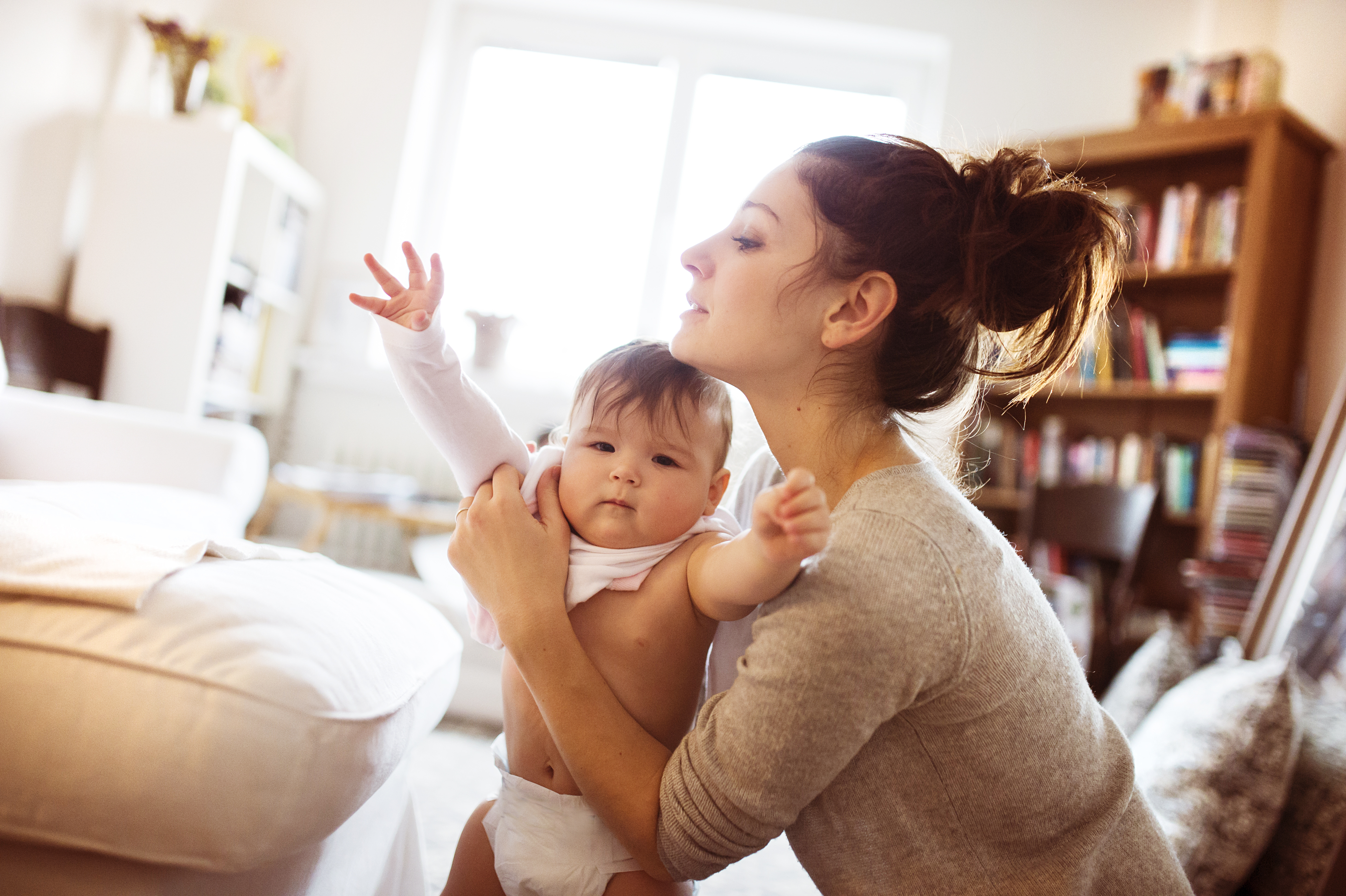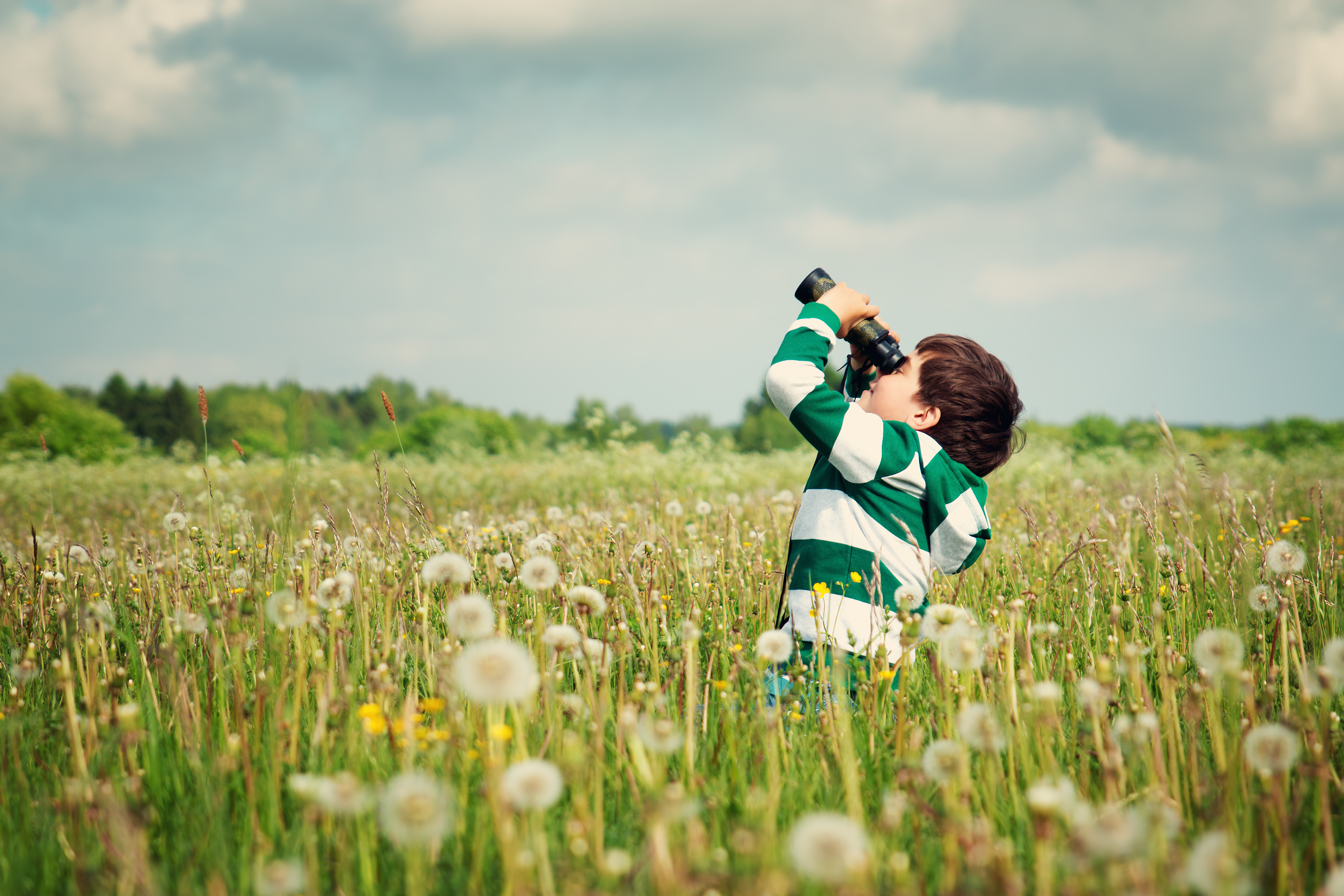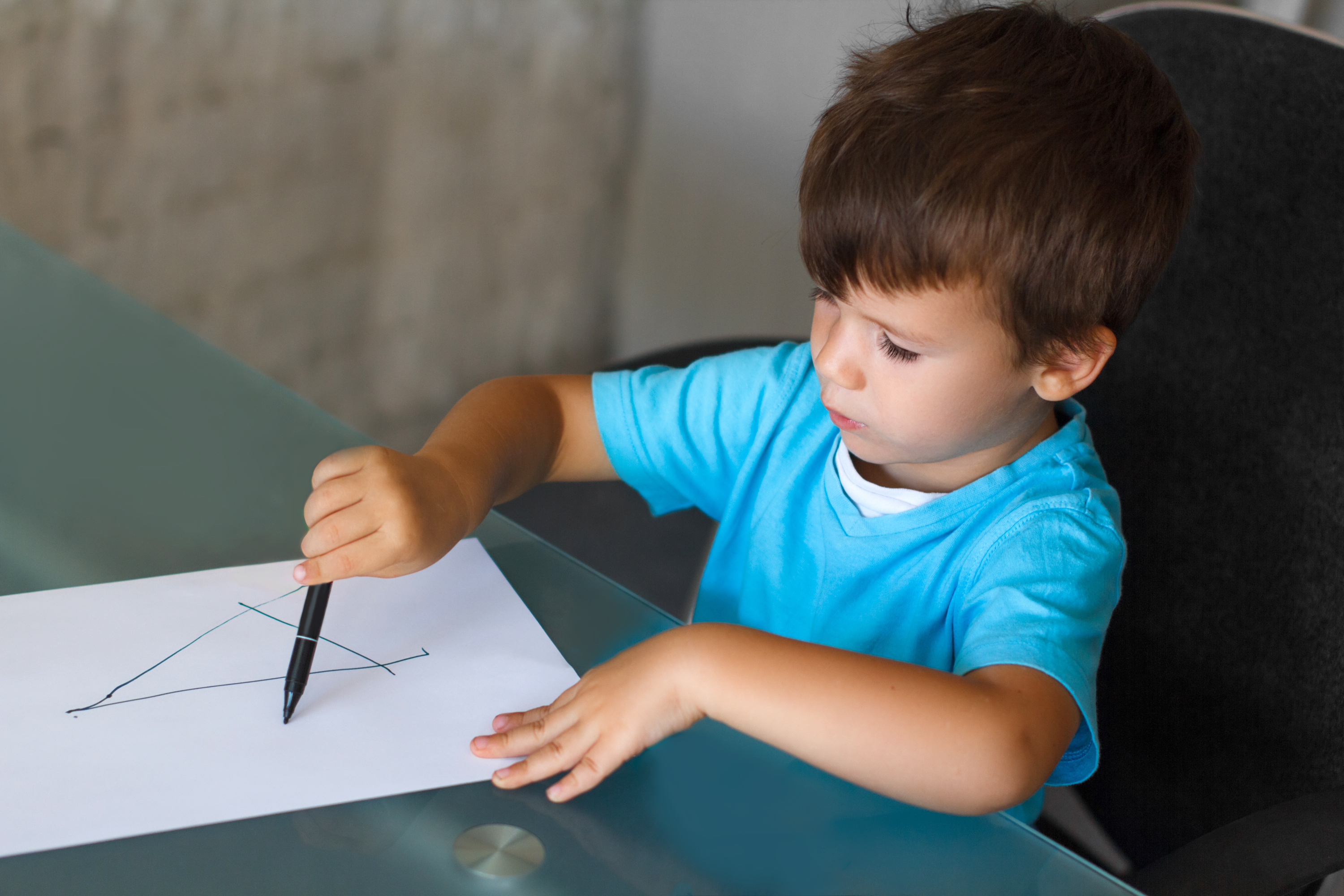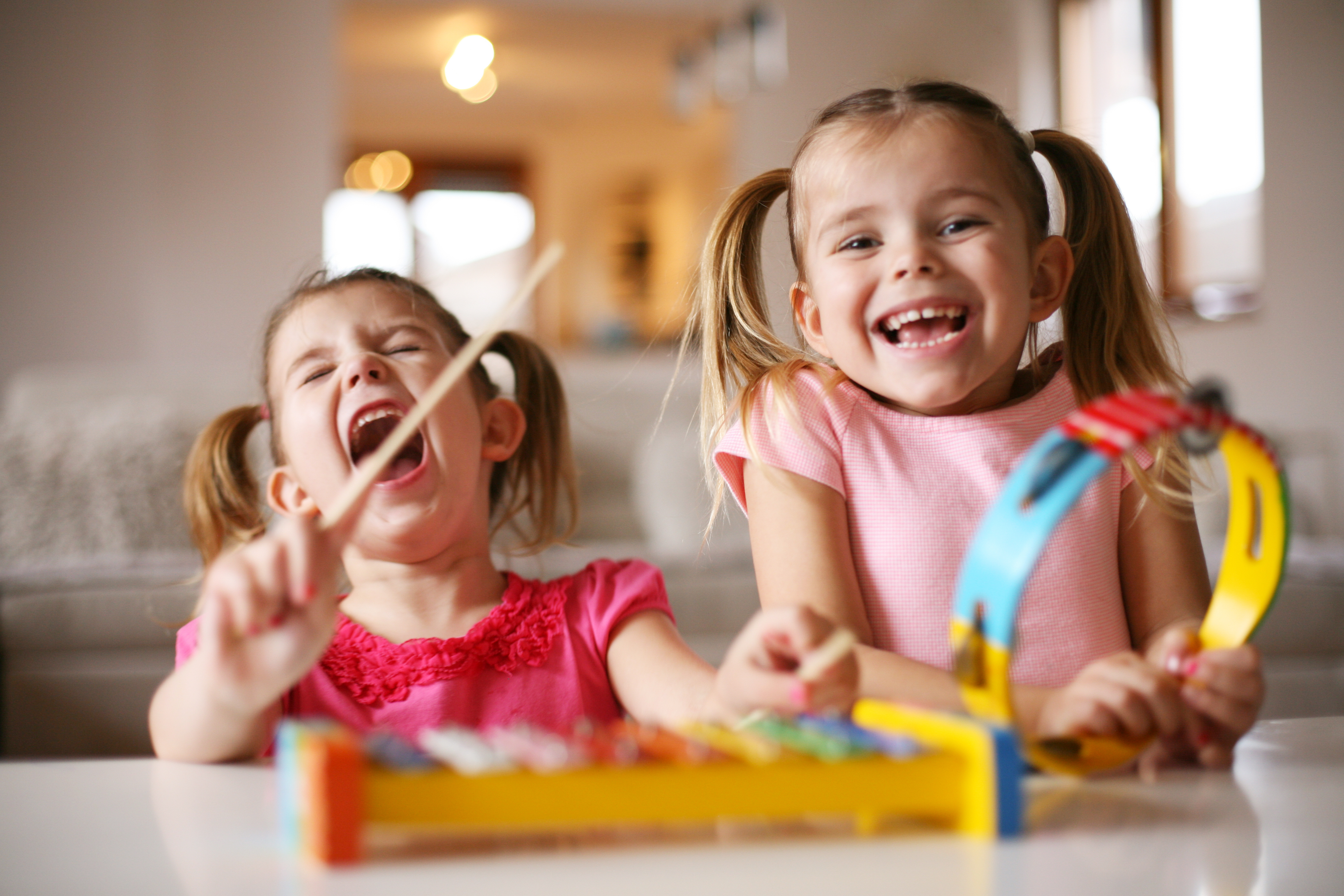
Unfortunately, the importance of children learning to dress is not always valued and you may not realise just how important it is for children to master. You may also not be aware of some of the wider benefits that being able to dress gives a child, such as balance, co-ordination and motor movements.
Learning to get dressed is a skill that children need to master. It takes time and practice. Here are some activities that not only help children learn about dressing and caring for their clothes, but also help other aspects of their development.

Where's Your Hat?
From Six Months
It may seem strange, but children usually learn how to dress by undressing first. Once you have spotted that your baby has started to pull off their hat, you can turn it into a game. When indoors, look out for different hats that can be pulled off. Each time your baby pulls off their hat, say ‘Where’s your hat?’ Watch as your child pulls it off and giggles.
How this activity helps your child:
Movement:
This activity strengthens your baby’s arm and hand movements.
Co-ordination and balance:
This is a great activity to help your child co-ordinate their movements while maintaining their balance.
Language development:
This activity is also good for language development because it helps babies to associate the word ‘hat’ with an object and also introduces them to the concept of ‘where’.
What next?
Try putting out a large sun hat or cap so that you and your baby can play peek-a-boo with it.

Socks Off
18 Months Plus
From around a year, most children start to pull off their socks and are excited to find their previously hidden toes. While annoying if you are out shopping, it is an important movement that they need to practise to make progress with dressing. If your child is going through this phase, try taking time to make it into a learning game. Put different socks on each foot and watch as your child pulls them off. As each sock is pulled off, talk about its colour, texture and length.
How this activity helps your child:
Movement:
This activity is good for helping your child to develop their hand skills.
Co-ordination and balance:
While you may find that your child sometimes topples back when they pull off a sock, this activity will help your child’s balance.
Mathematics:
This activity will help your child notice differences between things.
Next steps:
Using long soft tube-like socks, see if your child can pull them up once you have put them over the heel. Don’t be surprised if your child pulls them up and then proceeds to take them off again!

Find The Shoes
From Two And A Half Years
By around two years, most children are able to collect their shoes and depending on the style will attempt to put them on. It is worth encouraging children to practise putting shoes on when you are not in a rush to go out. Put out three or four different colours and styles of shoe in a pile. See if your child can find theirs and also sort out the others into pairs. Encourage them to try on different pairs of shoes to practise their skills.
How this activity helps your child:
Movement:
This activity helps your child’s hand skills as they pick up shoes.
Mathematics:
This activity will help your child’s matching skills. You can also use the language of ‘pairs’.
Language:
This activity will help your child learn to follow simple instructions and also learn words such as ‘match’, ‘pair’ and ‘fit’.
Next steps:
On a piece of card, draw around your child’s shoes. Put a sticker on the right-hand outline. Put a sticker on the insole of your child’s right shoe. Encourage your child to match the shoes and the outlines.

Buttons
From Three Years
You should find that your child can now bring up a zip on a coat, push down elasticated trousers and cope with a simple top. Buttons, though, will need a lot of practice. Begin by attaching a large button to some elastic. Cut some large slits into a sheet of paper or a rag or cloth that you don’t need. See if your child can push the button through the slit. Once your child can do this, make new slits that are slightly smaller and so your child will have to make more fiddly movements. Then find some smaller buttons.
How this activity helps your child:
Co-ordination:
This activity will help hand eye co-ordination and will help develop a grip that is needed in handwriting.
Mathematics:
This activity will help your child learn about size in a practical way.
Next steps :
Look out for clothes that have large buttons or toggles on them.

Front and Back
From Around Three Years
Many children walk around with their jumpers or their underwear on back to front. It is therefore worth taking time to show your child that clothes have a back and a front. You can do this by putting a spot of nail varnish or a marker on the inside label or seam at the back of their clothes. You can also make a game where you put out a pile of clothes and take it in turns to find the back of the clothes.
How this activity helps your child:
Movement:
Picking up and manipulating clothes will help your child’s arm and hand movements. language: This activity will help your child learn the words ‘front’ and back’.
Confidence:
This activity will help your child gain in confidence as they begin to know which way round clothes should be.
Next steps:
See if your child can identify when clothes are inside out. Put out a few clothes, some inside out, and see if your child can spot them. You could do this when you sort the laundry.

Folding Clothes
From Four Years
Learning to fold clothes neatly is a useful skill that requires good hand-eye co-ordination. It is also great for children’s mathematics. Start off with tea towels or anything that is square or rectangular. Show how the corners are put together before smoothing the fabric. At first, see if your child can get used to folding things in half. T-shirts and trousers work well to begin with.
How this activity helps your child:
Movement:
This activity is great to help your child’s hand skills
Mathematics:
This activity can help your child develop the concept of ‘half’ and ‘quarter’.
Next steps:
Put out a small suitcase and some clothes so that your child can play pretend games where they pack and fold clothes.

Learning Opportunities
Finally, there are many ways in which the topic of dressing and clothing can be used to support children’s learning. You might like, for instance, to create some sequencing cards so that children can explore the sequence by which they get dressed. Or your child could sort clothes into different sizes and for different people. You can explore with them how it feels to have favourite clothes or to have to wear something that we do not like. Alternatively, you could link clothing to festivals and moments of importance in children’s lives, such as weddings or religious holidays. There are also some wonderful picture books around that we can share with children about dressing. Look out for Archie’s Holiday by Domenica More Gordon, about a dog trying to take too many clothes on holiday, and also No Roses for Harry by Gene Zion, about a dog having to wear a coat he dislikes.




